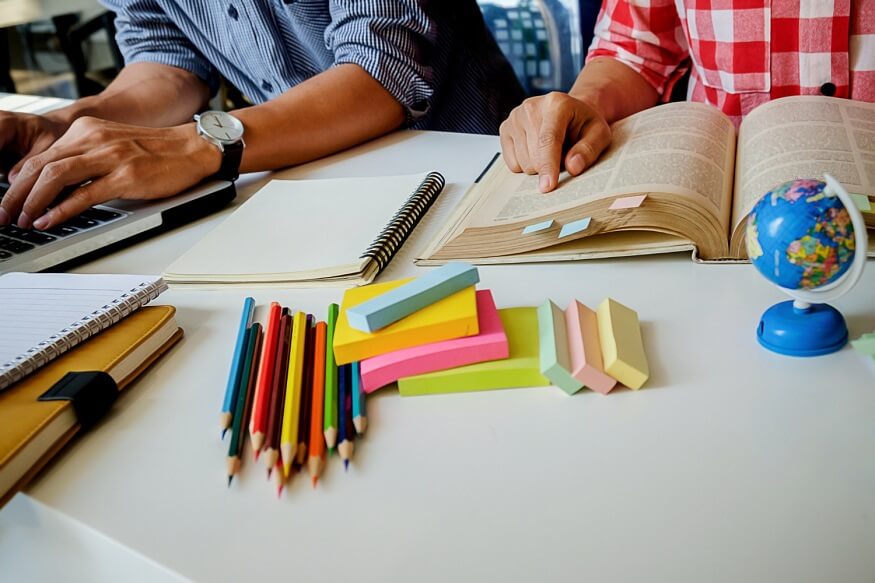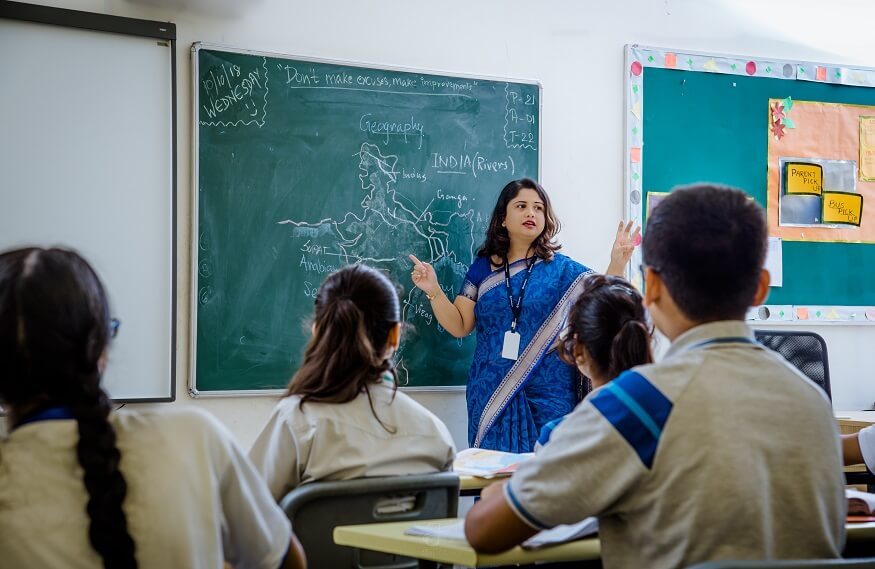Creativity and innovation have been identified as one of the top skills for the future by the World Economic Forum. An ability to think creatively and find innovative solutions to complex problems is a critical skill for students to develop for academic and professional success. Many schools also use innovative ways to teach complex concepts to kids.
Popular methods used to teach complicated concepts to children can be through innovative games and activities, innovative science projects, social studies projects, etc. Learning experts have established that learning by doing is the most sustainable form of learning. Hence, instead of giving class lectures, experts propose using innovative school projects to help students learn. Projects make sure that kids understand and appreciate the concepts well, and that the learning is retained for longer periods.
Class 6 is a critical stage in a student’s educational journey. This is where they start getting exposed to complex concepts and phenomena around maths, science, and social sciences. Simply following the classroom lecture method of teaching might make it very difficult for students to grasp these concepts. Projects create an opportunity for students to study a concept in-depth. It allows students to be immersed in and deal with the topic in close quarters. Innovative school projects can help class 6 students build strong fundamentals which bode well for their future academic and professional success.
This article shares some interesting and easy-to-execute project ideas for class 6 students.
Ferris Wheel
Most kids would have experienced the thrill and excitement of riding on a giant Ferris wheel ride. Now it’s time to build a Ferris wheel of your own. It’s easy and extremely fun. All you need is wood craft sticks (or ice-cream sticks), a few pins, and some glue. Let them experiment with different shapes and sizes. In this process of building, they will acquire a lot of skills such as planning, troubleshooting, designing, etc.
They will also get to think about the concepts of rotation, properties of various geometrical shapes, the impact of weight (or gravitation), etc. The kids will have to find their way through various problems and roadblocks in this endeavour, such as creating symmetrical shapes, balancing the wheel, arriving at symmetry, achieving smooth rotation, etc.
Craft sticks can also be used to create other structures such as a bridge, a tower, etc.
Also Read: Easy Best Out of Waste Ideas for Kids in Classes 7-8
Motorised Dancers
This project involves a bit of science and a bit of art. In this project students make tine wire dancers spin into a dance by only using easily available items such as copper wire, disc magnets, a AA battery, a plier, shiny paper, and glue. Place the three magnets at the negative end of the battery. Bend the copper wire in a way that it holds the magnets and wraps around the battery and culminates into the shape of a dancer.
Shiny paper can be used to give the effect of the dress to the dancer. The other end of the wire should touch the positive side of the magnet. If you do this correctly, the wire in the form of the dancer should spin. Students working on this project will learn a lot of concepts about electricity and electromagnetism while having fun creating something magical.
A flying table tennis ball
Kids love magic tricks, and this project will make them a magician when they make a ping-pong ball float in the air. All you need is plastic bottles, flexible plastic straws, and table tennis balls. Bend the straw to a 90-degree angle, with one portion smaller than the other (a 1:3 length ratio is suggested). Cut out a small portion of the top part of a plastic bottle and create a hole the size of the straw, in the bottle cap. Insert the shorter end of the straw in the cap hole with the open end of the bottle facing upwards.
Also Read: 5 Best and Easy Out of Waste Ideas for Kids
Place the TT ball on the short end of the straw and blow from the other long end of the straw. You will see the TT ball rise and float. However, it will take a lot of practice before you can balance the ball in the air for a few seconds. In the meanwhile, the cut section of the plastic bottle will keep the ball from falling away. The trick might sound simple but has a lot of concepts to learn such as aerodynamics, Bernoulli’s Principle, etc. You can create multiple variations of this, such as, instead of floating the ball, you can ask kids to blow the TT ball across the surface of the floor as fast as they can.
Light a bulb with two potatoes
Electricity never fails to amaze young kids, especially when you can light a bulb with a potato. A simple yet magical scientific project for children to generate their electricity. The potassium in the potato acts as a conductor of electricity. The items you’ll need for this project are two potatoes, two copper wires, two galvanised nails (common nails), two clips, and a small LED bulb. Insert one nail in each potato. Insert one copper wire in each potato, as far away from the nails as possible. Now use one alligator clip to connect the copper wire from potato number one to the positive terminal of the bulb.
Use the second alligator clip to connect the nail from potato number one to the copper wire in potato number two. Use the third alligator clip to connect the nail from potato number two to the negative terminal of the bulb. Viola, you’ll see the bulb light up to the amazement of the kids. Through this project, students can learn how electricity works and how chemical energy is converted into electrical energy.
Also Read: Science Projects for 7th Graders
This phenomenon of generating electricity from potatoes can be used to power other items as well, such as a clock, a mini-steamer, etc.
Learning by doing such fun projects is one of the key teaching methods followed at EuroSchool for class 6 students. Teachers use many such innovative school projects to immerse students into the world of sciences, maths, and social sciences.










